Meet the Food Photographer and Food Stylist behind Cucina Povera
Or, how Tommaso and I work together day after day without killing each other
This newsletter is a reader-supported publication. If you enjoy what I write and want access to exclusive weekly recipes, please consider becoming a paid subscriber. Thank you!
When I explain that Tommaso and I work together every day, most of the time sharing also the same room or vital space around a table, people look at me puzzled and the first question is always: and how do you do that? How comes you do not kill each other at the end of the day?
The short answer is that we quarrel often, especially when we film videos (thank you Instagram for pushing reels rather than photos), but eventually, we find a common ground.
We respect each other, we passionately love what we do for a living, we share big life and business projects, and over the years we learnt the hard way to value non-working time as a couple first, and as a family in the most recent years.
But what really changed our approach to working together is that, once we discovered what we really like to do, we specialized over the years.
Tommaso and I have been together for 10 years. We grew up together, personally and professionally. I used to take all the photos for my blog and the previous books, but with time we realized we work better and more efficiently as a team.
Now I develop recipes, write, cook, teach cooking classes, and take care of the prop styling and food styling, while Tommaso shoots all the photos, takes care of the post-production, video making and editing, podcast production, bookkeeping, and client relationships.
One of our dreams - or, better said, professional goals - was to photograph our cookbook as they do abroad.
What does it mean for us? You must know that all our previous books were photographed while testing the recipes, the last one even over the course of two years: the photo shooting was always squeezed between recipe testing and writing. We would look at other cookbook authors having their exhausting, exhilarating photo shoots in a week or so, with prop and food stylists, home economists, a mood board, and a cohesive look and feel as a result.
That’s what we wanted for us, too.
Since the Cucina Povera recipes were highly seasonal, we organized four main photo shoots over the course of one year, each focusing on seasonal ingredients and moods.
That’s why this time, when Artisan Books contacted us to write a cookbook that had been our life-long dream, we decided to work as we had always desired. Since the Cucina Povera recipes were highly seasonal, we organized four main photo shoots over the course of one year, each focusing on seasonal ingredients and moods. It was also another chance to test again the recipes after they had already been tested and edited by a professional recipe tester.
After many months, it was like cooking a recipe written by someone else: it gave me clues about unclear steps or surprised me genuinely for how good, or smart, a recipe was (big, big gratifying moments!).
We didn’t have a large team, but friends and family chipped in giving us time, working hands, or vintage plates to use in our photos.
During the most intense days of photo shooting, we had the help of precious friends: Gaia, Simona and Emanuela came to the rescue more than once, from shaping orecchiette on a hot August day to kneading pasta frolla for a jam crostata, from scaling kilos of sardines to happily eating all the food with their families afterwards.
Then, our dear friend Sarka Babicka flew twice through Europe from Prague to spend some time with us. Our days are always brimming with food, photography, laughter, chats, and yet more food.
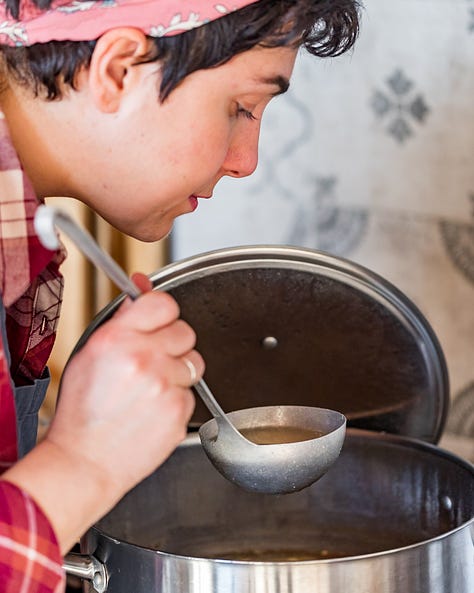

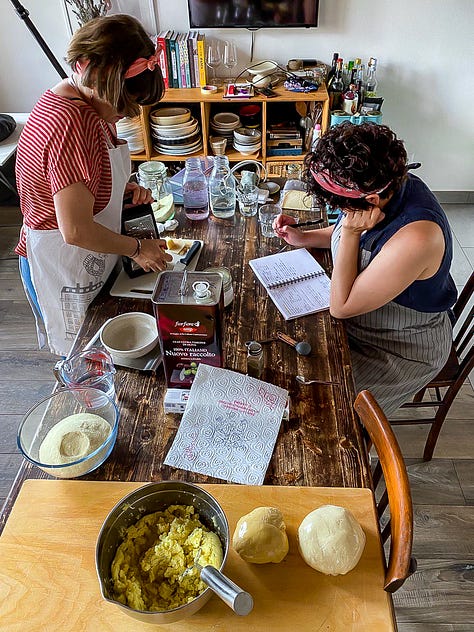
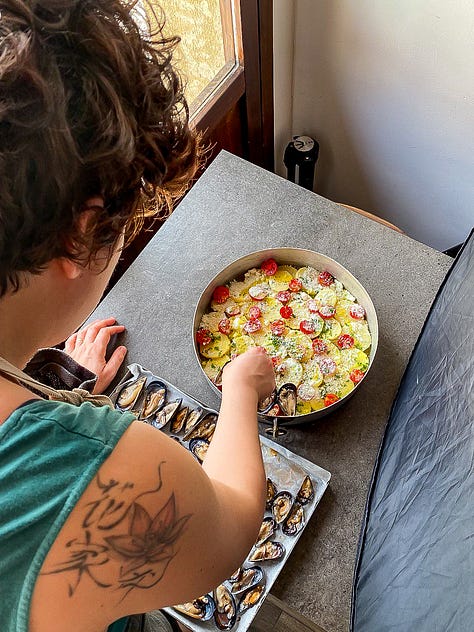
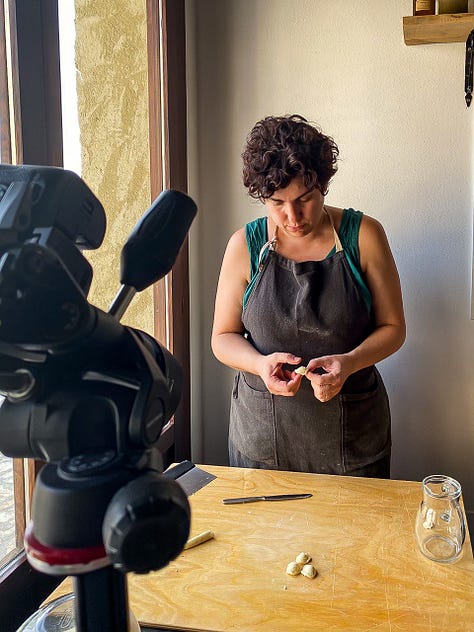

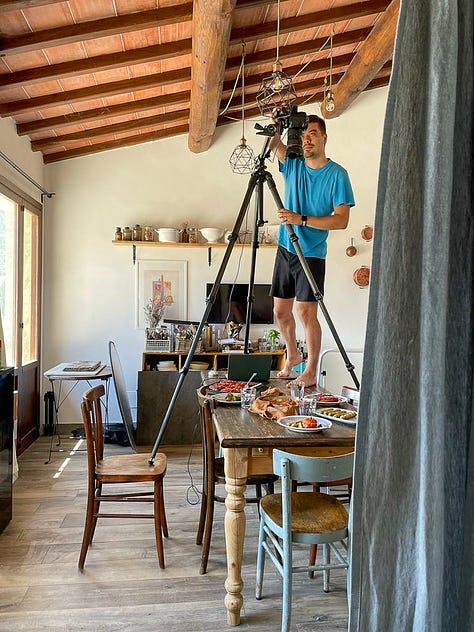
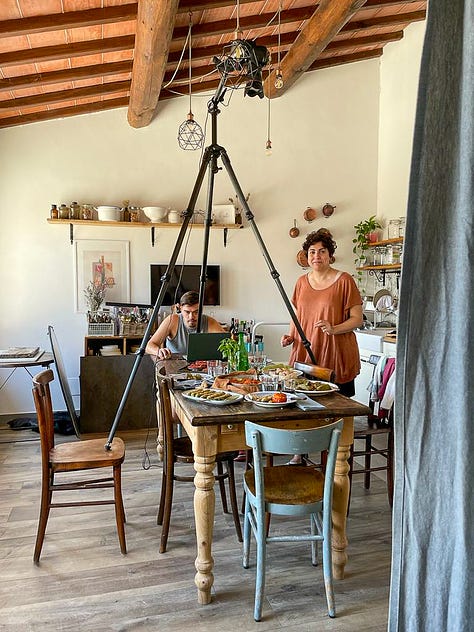
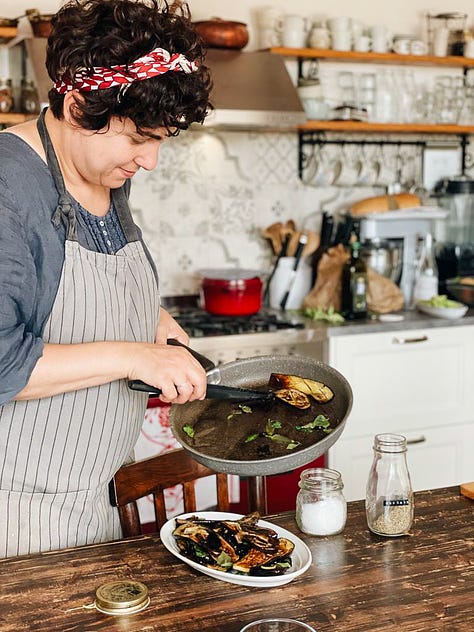
My job as a prop stylist and food stylist
I hope you will recognize in our photos the warm Tuscan light, our battered table and chipped plates, our favourite wooden cutting boards and linen napkins.
Whenever I had to style a difficult recipe - and with cucina povera most recipes are hard to photograph - I would follow Hélène Dujardin's advice: when food is hard to photograph, embrace it. This is the approach we followed for most of our bean soups, meat or vegetable stews. We would get closer and closer, focusing on interesting textures and vivid colours. That’s why, eventually, my favourite shots are those of chicken cacciatore and cassoeula, pork stewed with savoy cabbage.
As a food stylist, my best friends were extra virgin olive oil, fresh herbs (just in recipes that actually had the herbs as an ingredient), bread or breadcrumbs, and a pincher bowl with flaky sea salt and coarsely ground black pepper. The food could be cold at the end, but always, always edible.
My biggest inspiration when it comes to food styling are Tami Hardeman, who I met online years ago and had the good luck to see at work when she came here in Tuscany to teach a Food Photography and Food Styling Workshop with Hélène Dujardin, and Kirsten Jenkins, food stylist, content creator, recipe writer and former style editor for delicious. Australia.
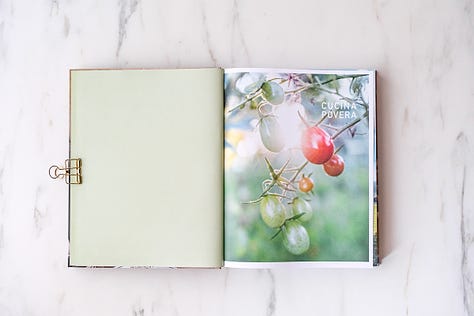

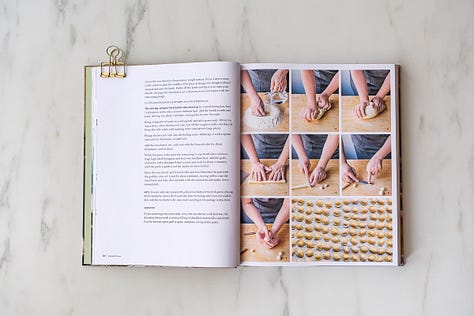
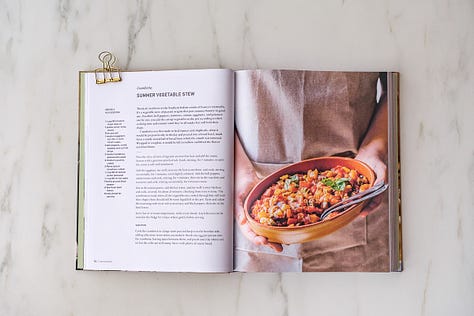
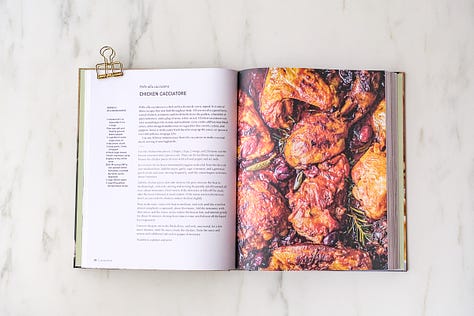
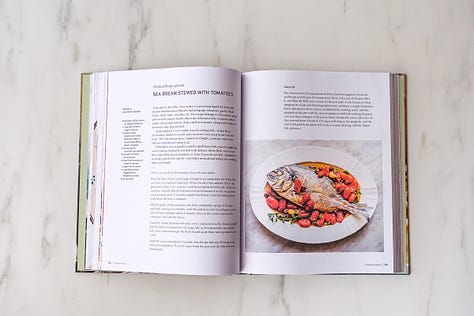
A quick interview with Tommaso, the photographer
There’s no better person to tell you about the whole process of shooting a cookbook than Tommaso. I asked him a few questions.
How would you describe your style?
Real, authentic, appetizing. Or at least, that's how I would like people who will buy Cucina Povera to describe the style of its photos.
When I photograph food for work, I have the same style as when I photograph in my free time. Regardless of the subject, my goal is to convey emotions through photography, and I like to do that through a realistic, authentic shot rather than an artefact one. For this same reason, all the photos in this book (and all my food photography shots) are taken only with natural light.
Who inspires your photography?
I have to be honest, before I met Giulia, I had never photographed food except for a quick picture at the restaurant with my cell phone. So the first person who inspired me was her. I learned Food Photography first through her eyes and her passion for food. Then, day after day, when we started working together, I started looking for my own sources of inspiration.
Ellen Silverman, Hélène Dujardin, and Andrew Montgomery are definitely my top 3 inspirations in Food Photography. And then my friend Andrea Palei, with whom I also have the opportunity to talk in person.
What was your aim in photographing this book? What did you want to emphasise in your photos?
My main goal with food photography is to make the readers hungry, capture their attention and intrigue them enough to convince them to cook that recipe. Depending on the dish, I like to highlight the colour as with the Bonet bianco alla monferrina (Amaretti Pudding) (p.283) or the texture of Frittata Trippata (Frittata cooked in tomato sauce) (p.101) or the buttery deliciousness of the Nettle and Ricotta Gnudi (p.150).
What did you enjoy the most and the least in photographing this book?
What I enjoyed most about photographing Cucina Povera was the teamwork done with Giulia, but also with the many friends who helped us during the preparation of the recipes: the days of full immersion in our Studio spent cooking and photographing are unforgettable.
I cannot say that I liked it less, but the editing of all the photos was really challenging instead, because, for the first time, I also had to deal with colour correction for printing. It was really nerve-wracking. I took more than 1,500 photos, then selected 411, and “only” 165 images fit into the final version of the book. However, now I can say that I am already prepared for the next cookbook. 😉
What was the most challenging photo to take? And the one you enjoyed the most?
One of the most challenging things was taking step-by-step photos of some of the recipes, especially if they involved hands or fresh pasta. It is really difficult when you have to turn a movement into a still photo and choose only a few shots so that they all fit into a fixed space.
On the other side, I really enjoyed photographing meat. Yes, photographing meat is also really challenging, but when you get into it and embrace it, the satisfaction in the result you get is 10 times more. The photo of the chicken cacciatore (p.99) is one of my favourites in the whole book.
What kind of camera equipment did you use?
As a camera, I mainly used a Canon 6D mark II with prime fixed lenses, 50 mm and 100 mm. And then at least two Manfrotto tripods of different sizes and heights.
If you have questions regarding Cucina Povera, and the process that brought us from the idea to the printed book, let us know in the comments!
Link Love
Speaking of how you write and photograph a cookbook, you should read
’s post about how she created her latest book, Dark Rye and Honey Cake. Regula is a dearest friend, who’s been our greatest supporter since we first met through our blogs and one of the authors and cookbook writers I respect the most.Cucina povera dishes are immediately recognizable: the use of humble ingredients, seasonal vegetables, and simple cooking techniques, plus a healthy dose of inventiveness. With more than 100 recipes, Cucina Povera celebrates the best of the Italian resourceful, thrifty and inventive cooking tradition, from pappa al pomodoro (aka leftover bread and tomato soup) to Florentine Beef Stew, Nettle and Ricotta Gnudi, and Sicilian Watermelon Pudding. Soul-satisfying, budget-friendly, and easy to make, it’s exactly how so many of us want to eat today.
Cooking this way transforms ingredients into hearty meals that are more than the sum of their parts.
The book will be available everywhere books are sold on April 4, but it is available for preorder now, online and at your favorite local bookstore.
Other posts on Cucina Povera
Ahead of publication day, join us for a sneak peek into the 2-year journey behind the creation of "Cucina Povera." Our newsletter shares behind-the-scenes stories and provides an in-depth look at the writing and photography process.
How to get six additional, unique recipes that complement Cucina Povera
Meet the Food Photographer and Food Stylist behind Cucina Povera
BOOK EVENTS AND TALKS
Gather your friends and foodie enthusiasts and join us for an unforgettable culinary experience. Taste the flavours, learn the techniques, and discover the soul of Cucina Povera at our book talks & events.
Friday, April 14, 2023 - CUCINA POVERA: The Art of Making Do With What You’ve Got - Online event with MoFad New York and Kitchen Arts and Letters. A conversation with Regula Ysewijn. Purchase tickets here.
Sunday, April 23, 2023 – Italy Off the Beaten Path with Giulia Scarpaleggia, hosted by Milk Street Live Online Cooking School. Purchase tickets here. Use CUCINA to have a 15% discount.

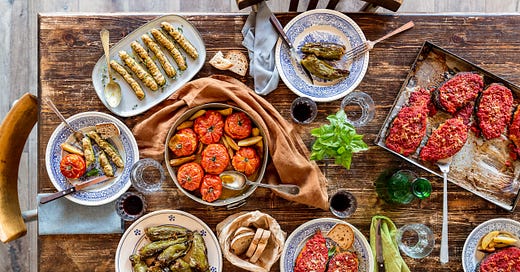




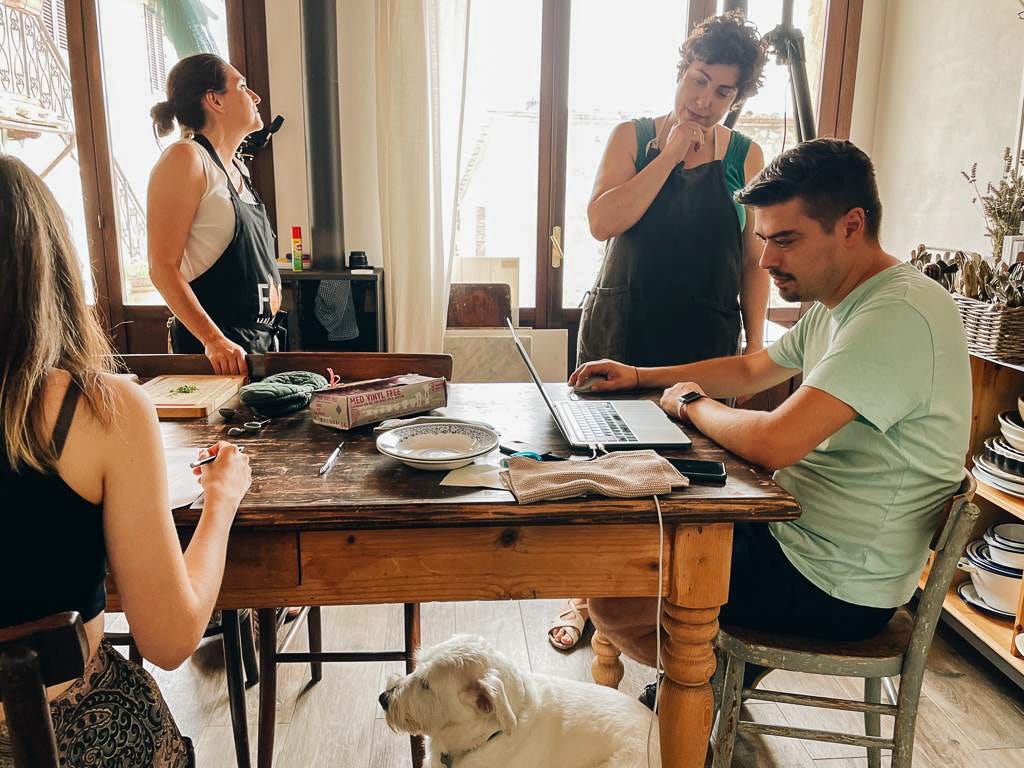
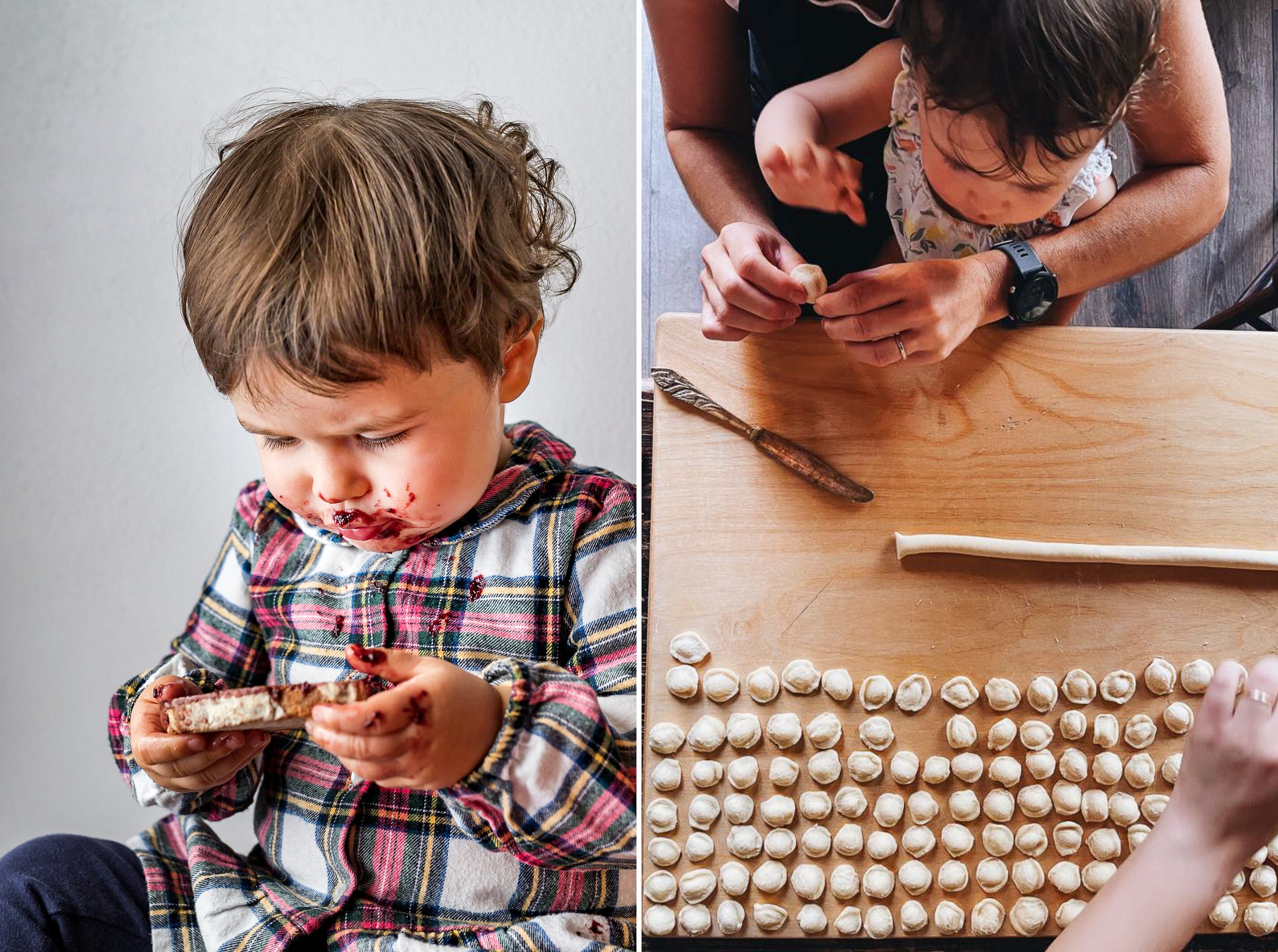



That final picture of all the food on the table is stunning - and we did one like that for my last cookbook cover, and for the start of each chapter so I know how challenging they are to style!
So interesting to read about “behind the scenes” when I hold your beautiful book Cucina Povera in my hand. Yes, you do make me hungry when I watch the alluring photos. Can’t wait to start cooking. Well done, the two of you (and your friends)! Now it’s our (the readers) turn to do our job. Non vedo l’ora!